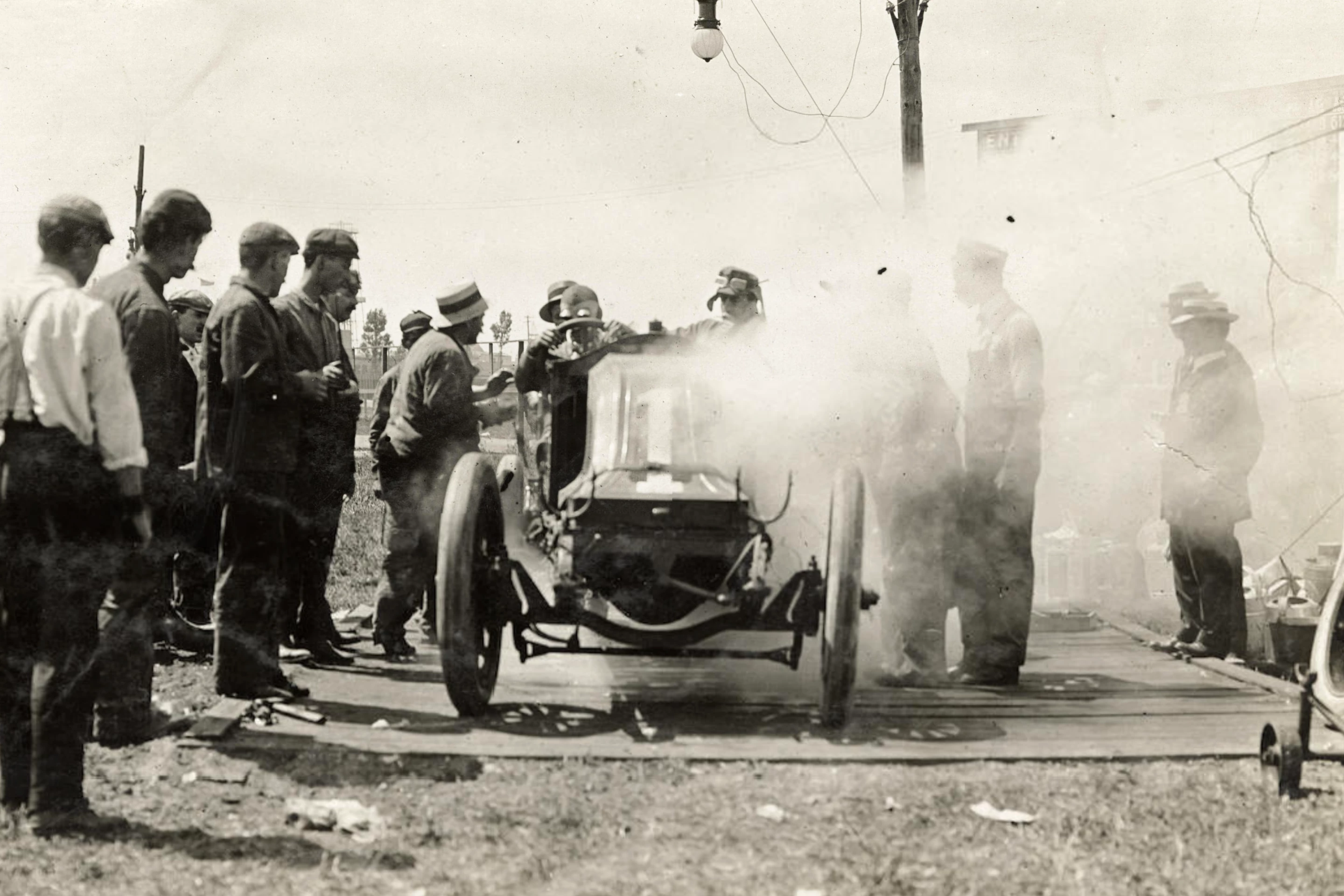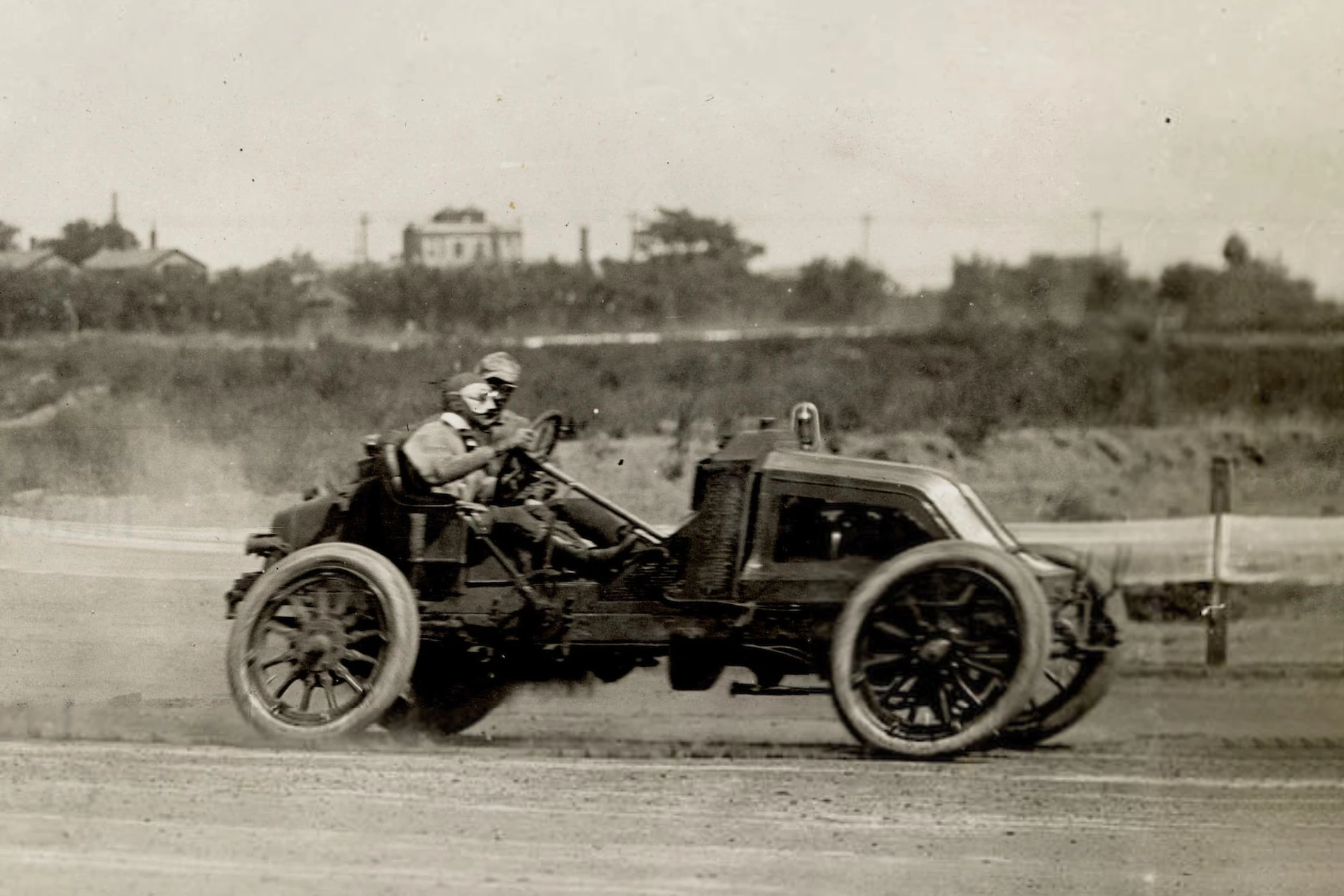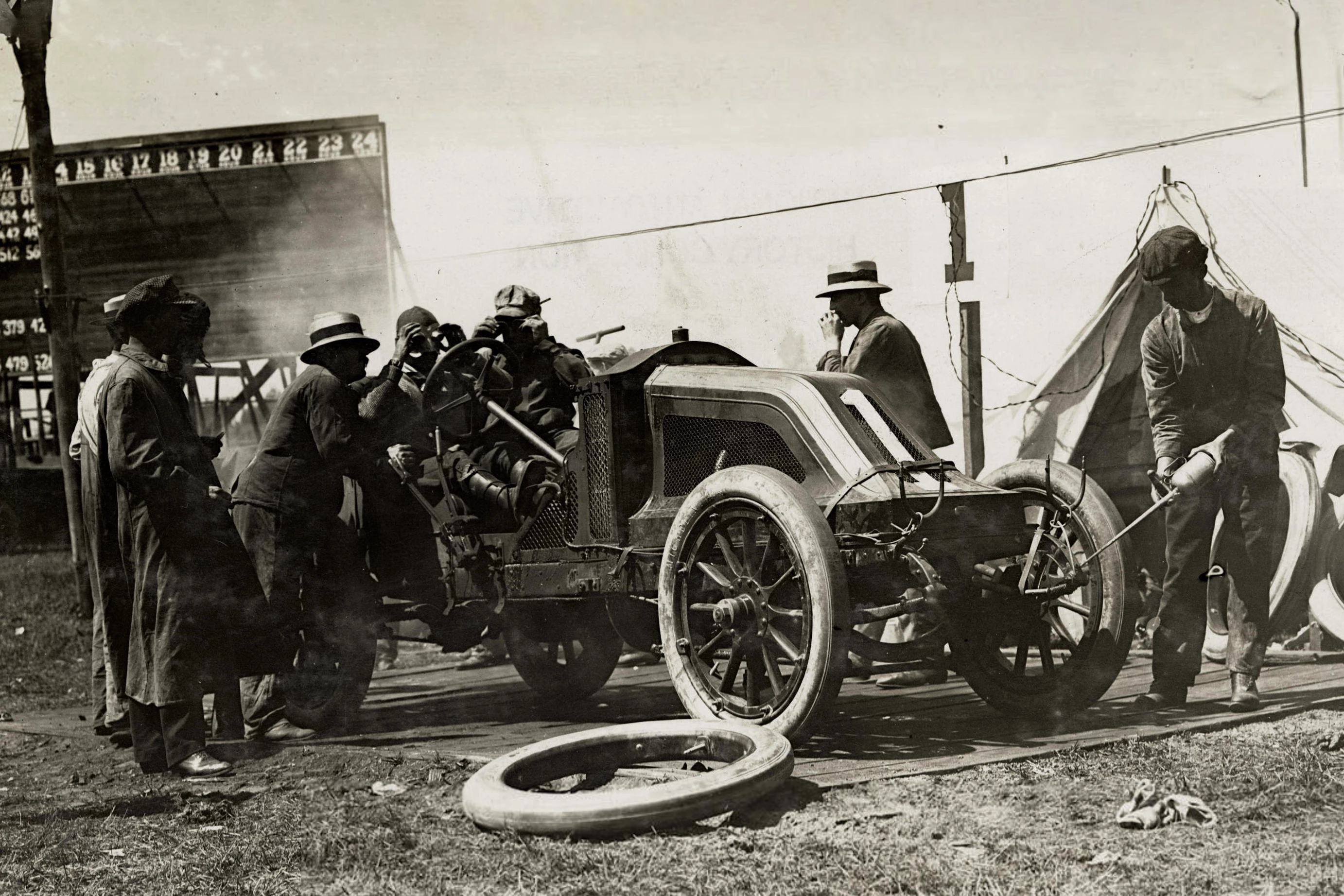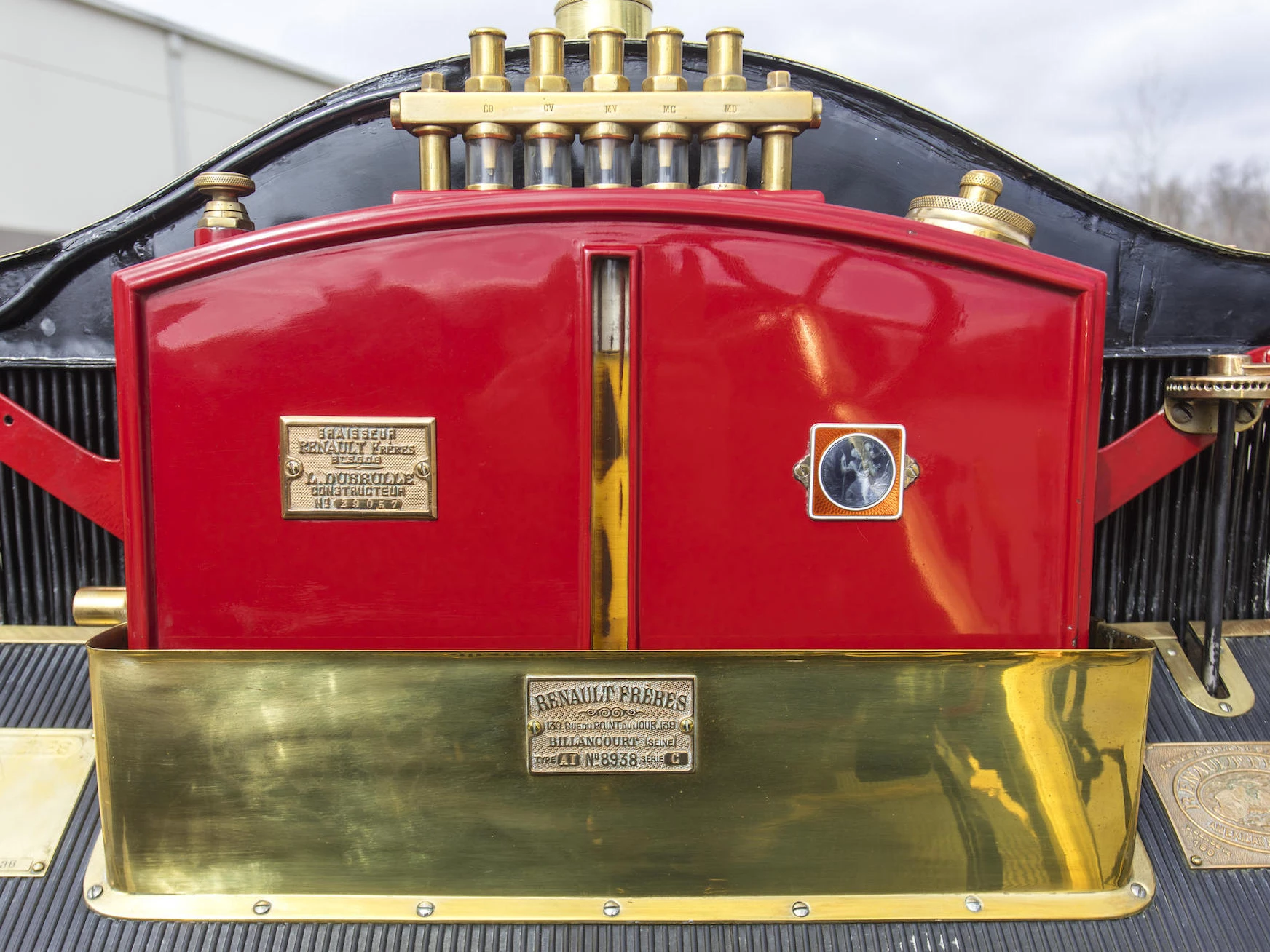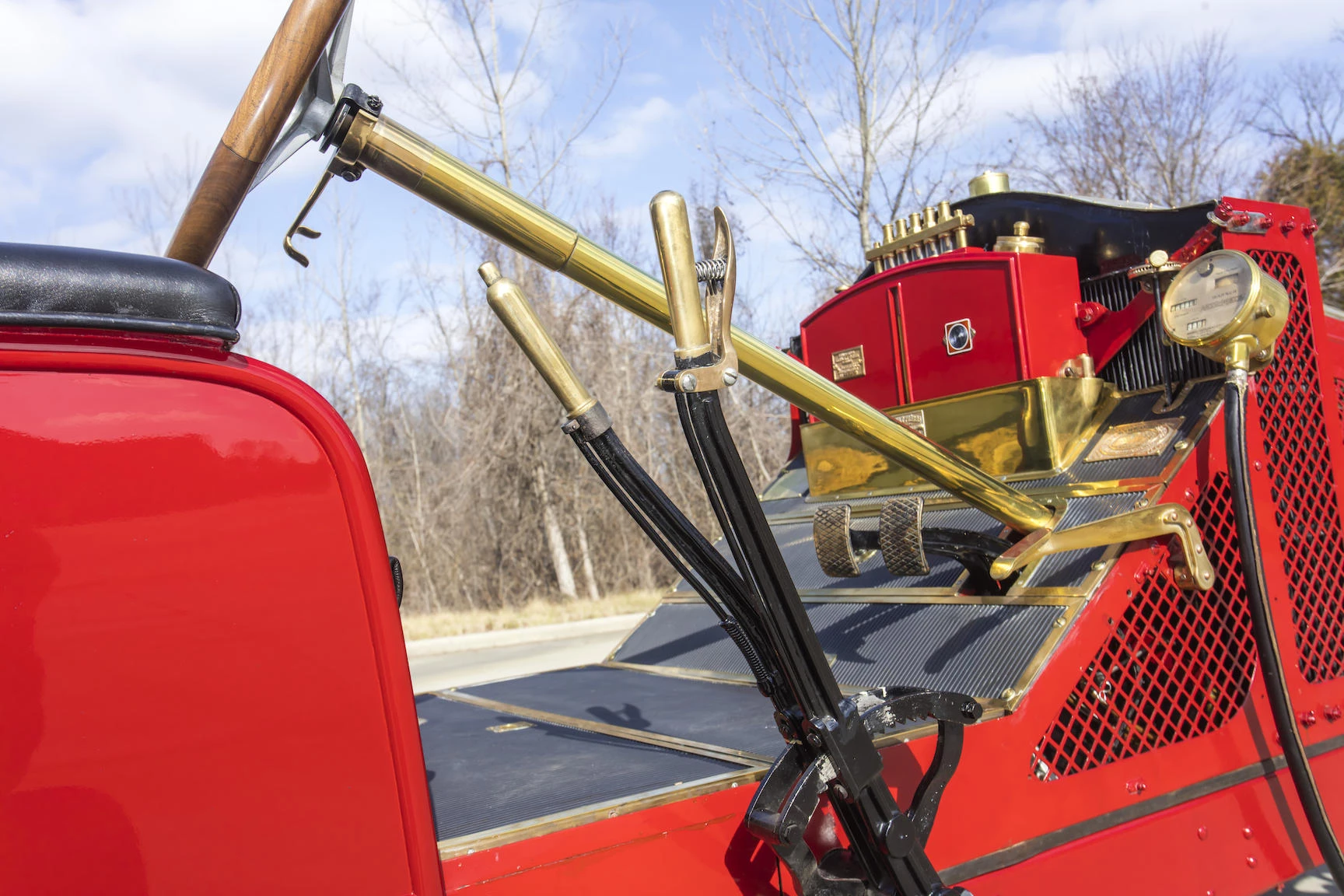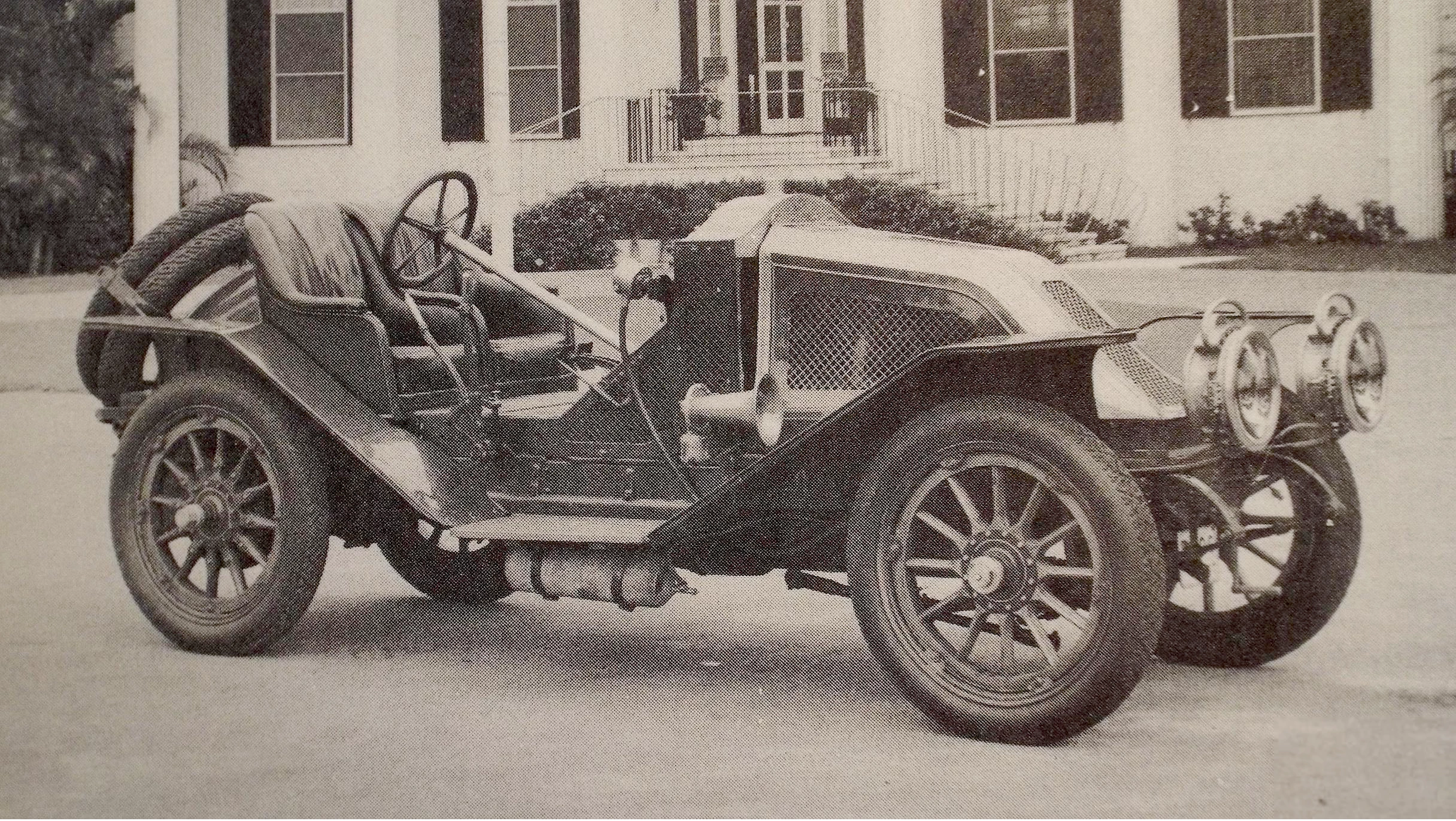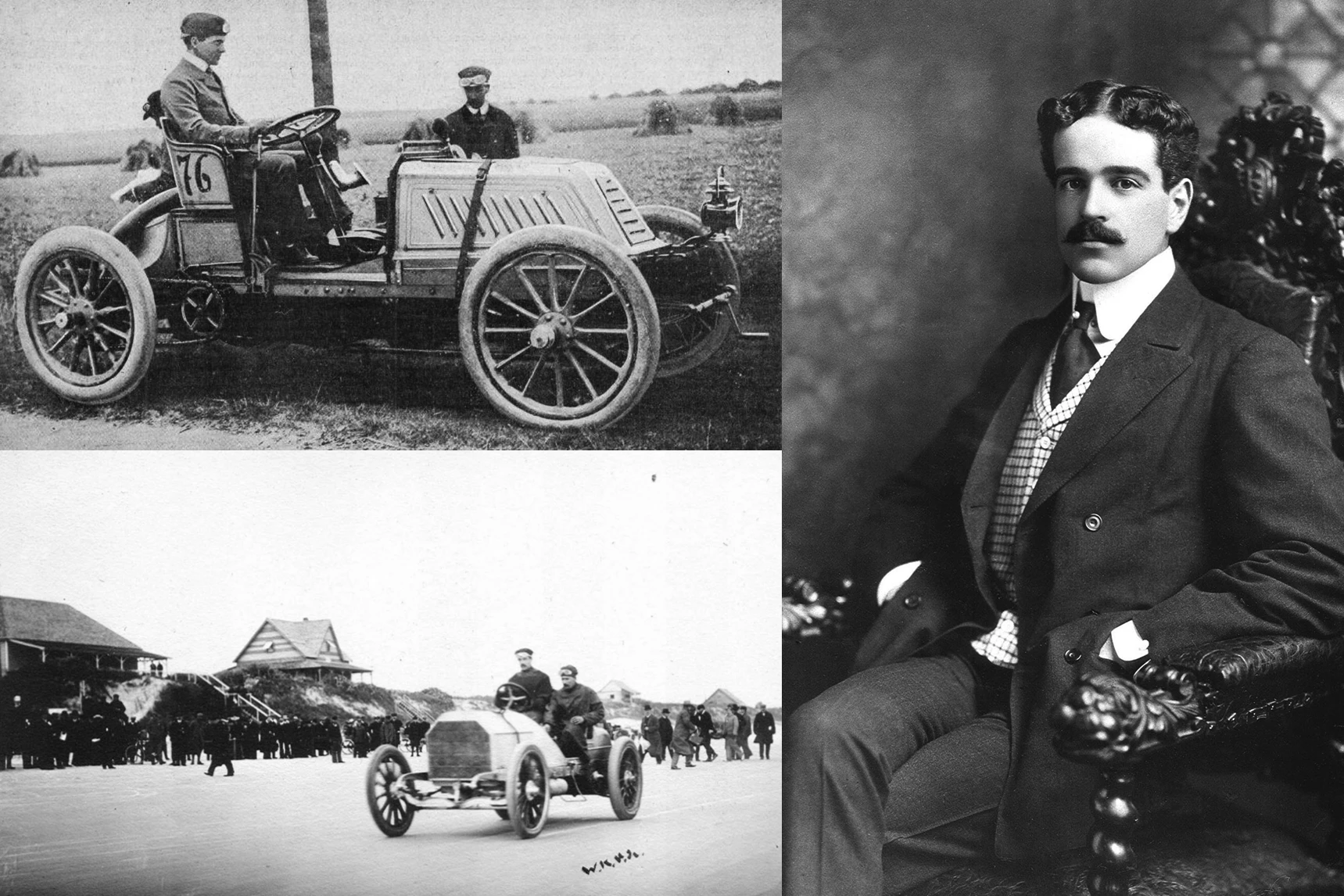This is the story of a car so lavish and extravagant that it was one of the most exclusive, fastest, most capable automobiles in the world when 11 were unleashed on American roads in 1907. In a deal brokered by William K Vanderbilt, a batch of 11 35/45hp Renault factory racing cars were purchased direct from the factory and the cars went to Vanderbilt and 10 of his American friends. One of those cars is heading for auction next month, a fearsome brass-era replica of the car that won the world's first Grand Prix in 1906.
There has been much written about the Vanderbilt Renaults, and much of it is conflicting, so the following story is a rough consensus of what is believed to have been the case.
William Kissam Vanderbilt II was the great-grandson of Cornelius Vanderbilt, the man who built the family’s immense fortune, though much of Willie K's wealth came from his wife, whose father had made a fortune in mining the famous Comstock Lode.
William’s first encounter with the automobile was when he travelled to France as a nine-year-old in 1888 to stay with family friend and automotive pioneer Albert Jules Count de Dion. William travelled with de Dion from Beaulieu to Monte Carlo in de Dion’s steam-powered three-wheeler. De Dion Bouton was one of the world’s largest manufacturers of automobiles and would be for the following decade, and the impressionable young William later reminisced "he steered with one hand and controlled the steam pressure with the other. More than anything else, I was impressed ... by the enormous speed at which we were traveling.”
Vanderbilt's taste for speed developed and in September 1900 he organized his first auto races at the Aquidneck Park horse racing track in Rhode Island. Motorsport played a huge role in his life from that point onwards. In between sailing to international yacht racing victories, he organized America’s first international automobile races in 1904 (the Vanderbilt Cup), broke the world land speed record twice (1902 and 1904), competed in many of the world’s great early city-to-city races (such as Paris-Vienna and Paris-Madrid) and was very competitive, always being in contention at international events.

The first time Vanderbilt claimed the record (top left), he was driving a 60 hp four-cylinder 9232 cc Mors Model Z. Vanderbilt's claiming of the record was more significant than usual, as it was the first time that the automotive speed record had been held by an internal combustion engine as previous records had all been set in steam and electric vehicles. Vanderbilt was clocked at 76.08 mph (122.4 km/h) on August 5, 1902. The Mors was Vanderbilt's racing car and had been used in the Paris-Vienna race in late June. The second time Vanderbilt took the record, he used a Mercedes Simplex 90 PS (bottom left) to run 92.3 mph (148.5 km/h) on January 27, 1904 at Daytona Beach, Florida. We've covered the speed record attempts prior to WW1 in great detail in our article, The fastest cars in history: 1894 to 1914.
In 1906, Vanderbilt conceived an idea whereby his extremely wealthy friends would participate in the importation of a tailor-made batch of Renault’s racing cars. Renault built a batch of 11 state-of-the-art 35/45hp racing cars for a total cost of $150,000 and the cars went to Vanderbilt and 10 of Vanderbilt’s friends.
Much has been written about the Renault Vanderbilt replicas (this story is particularly comprehensive), and there is little doubt that they are closely related to the 90 CV Renault AK that won the 1906 Grand Prix – history's first Grand Prix.

The first Grand Prix in history was held on a circuit comprising closed public roads near Le Mans in central France. A lap of the 1906 course was 103 km (64 miles) in length, and two six lap races were run on consecutive days, with the winner being the first to finish the total of 1236 km – roughly four times the length of current Grand Prix races, and much longer in terms of hours.
Szisz finished first with a combined time over the two days of 12:14:07.0 – that's 12 hours and 14 minutes of racing over largely unmade roads at an average speed of 101.2 km/h (62.9 mph).

While the Renault design was relatively conventional for its time, it offered several advantages compared to other cars of the day, most notably the quick change rims. With tires already fitted to the rims, two people could change both rear wheels in less than 4 minutes, a saving of over 12 minutes compared with changing fixed rims. Given that tires needed to be changed nine times on the Renault during the two races which comprised the 1906 Grand Prix, the Renault AK's advantage offered more time on the track and this no doubt helped it achieve such a high average speed.
The AK's four cylinder Grand Prix engine was an enlarged variant of the Renault side-valve engine first built in 1903, with a bore of 166 mm and a stroke of 150 mm yielding a swept volume of 12,985 cc, which in turn produced 95 hp at 1200 rpm. Much of the literature on the Vanderbilt cars suggests they were scaled versions of the Grand Prix car, but the only scaling appears to have been in terms of the size of the engine, which was reduced from the 13 liter Grand Prix car to a more manageable 7.5 liter producing approximately 65 hp.
With a smaller engine than the fragile 13 liter AK, the Renault Vanderbilt racers proved to be incredibly reliable. In America, Louis Raffolovitch won the 24 hour race held at Morris Park in New York in 1907 driving one of these cars, and another Renault 35/45 Vanderbilt won the same race in 1909.
There is no certainty as to how many of these cars originally reached America and indeed, as to how many still survive. The last time one of these cars became available at auction, it sold for $1.1 million during the sale of the Otis Chandler Collection in 2006.
The market has changed considerably since 2006, so it will be interesting to see if it will go for more money this time around, as this car is more than just a car, but significant artifact of American automotive history.
The 1907 Renault Type AI 35/45HP Vanderbilt Racer will go to auction at Bonhams on March 5, 2020.



